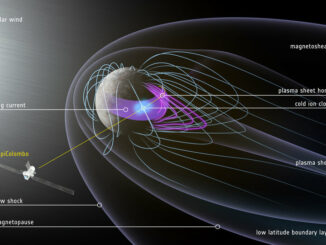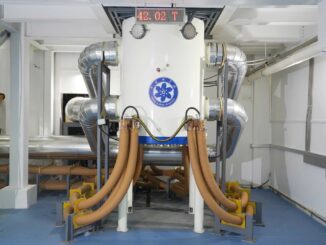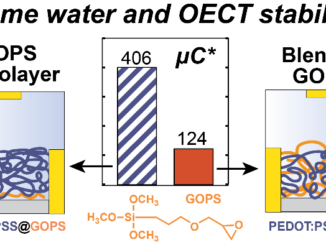
Magnetocaloric Heat Pump Developed at Ames National Laboratory
A team of researchers from the U.S. Department of Energy Ames National Laboratory has developed a magnetocaloric heat pump that matches current vapor-compression heat pumps for weight, cost and performance. The achievement represents a significant step in the quest for more sustainable cooling and heating technology. […]






